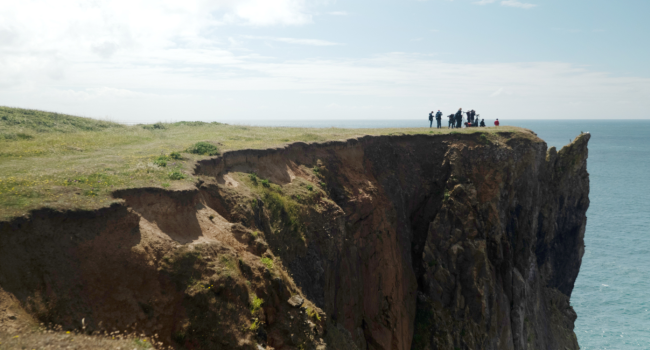Spatially targeted nature-based solutions can mitigate climate change and nature loss but require a systems approach

Author(s): Finch, T., Bradbury, R.B., Bradfer-Lawrence, T., Buchanan, G.M., Copping, J.P., Massimino, D., Smith, P., Peach, W.J. & Field, R.H.
Published: October 2023
Journal: One Earth Volume: 6
Digital Identifier No. (DOI): 10.1016/j.oneear.2023.09.005
Reducing greenhouse gas (GHG) emissions is one of the greatest challenges humankind is currently facing. A growing coalition of countries are now pledging to achieve net zero emissions, which means that any emissions of GHG will need to be balanced by carbon removal in the same year. The United Kingdom has committed to reach net zero by 2050.The land use and food production systems have a key role in addressing this challenge and are the only sector realistically capable of offering a net sink in terms of carbon sequestration at a significant scale. Fortunately, some land-based actions can produce multiple positive outcomes at the same time: for example, protecting and restoring natural ecosystems can support both biodiversity conservation and carbon sequestration. However, some trade-offs are unavoidable: for example, if farmed land is reduced, the remaining land will either deliver less food, or will need to deliver higher yields. However, the latter is usually associated with more intensive farming, and ensuing wildlife declines.
This collaborative study led by the RSPB has developed mathematical models to explore nine different scenarios of future land use for the whole of the UK. These scenarios apply different levels of several climate change mitigation measures, such as, for example, creation of intertidal habitats, creation of hedges, or organic farming. All scenarios except one (the baseline scenario) are aimed at reducing, and possibly eliminating, net GHG emissions by 2050.
Results show that the four best-performing scenarios in terms of brining down net GHG emissions are the nature-based ones, which are particularly focused on creating habitats such as intertidal areas, woodland, and hedges, but also favouring low-carbon farming measures. The nature-based scenarios also perform well in terms of providing habitats for birds and are associated with projected increases in the abundance of Red- and Amber-listed species between 16% and 19% by 2050.
However, farmland species are projected to decline between 17% and 21% over this period, so conservation interventions will be needed to prevent this loss without affecting yield at the same time. Food production will be the big challenge, with a predicted decline under the nature-based scenarios between 26% and 29%. This reduction will require intervention on the demand side, particularly in terms of large-scale dietary changes and waste reduction.
The study shows the potential of nature-based scenarios to deliver both climate change mitigation and biodiversity conservation in the UK, but interventions will also be needed both on the food system, to compensate for diminished food production, and the management of remaining farmland, to make sure that we don’t lose farmland birds.
Abstract
Finite land is under pressure to provide food, timber, human infrastructure, climate change mitigation, and wildlife habitat. Given the inherent trade-offs associated with land-use choices, there is a need to assess how alternative land-use trajectories will impact the delivery of these benefits. Here, we develop nine exploratory, climate change mitigation-driven land-use scenarios for the UK. The scenario that maximized deployment of nature-based solutions reduced greenhouse gas (CO2e) emissions from the land sector by 100% by 2050 but resulted in a 21% decline in food production. All mitigation scenarios delivered aggregate increases in habitat availability for 109 bird species (including 61 species of conservation concern), although farmland-associated species lost habitat. Our study reiterates the potential of nature-based solutions to address global climate and biodiversity challenges but also highlights risks to farmland wildlife and the importance of food system reform to mitigate potential reductions in primary food production.
Notes
This study was funded by the Royal Society for the Protection of Birds (RSPB) and Natural England (project code ECM 58632). The Breeding Bird Survey is a Partnership between the BTO, RSPB, and Joint Nature Conservation Committee (on behalf of Natural Resources Wales, Natural England, Council for Nature Conservation and Countryside, and NatureScot) and relies on volunteer surveyors.







Share this page